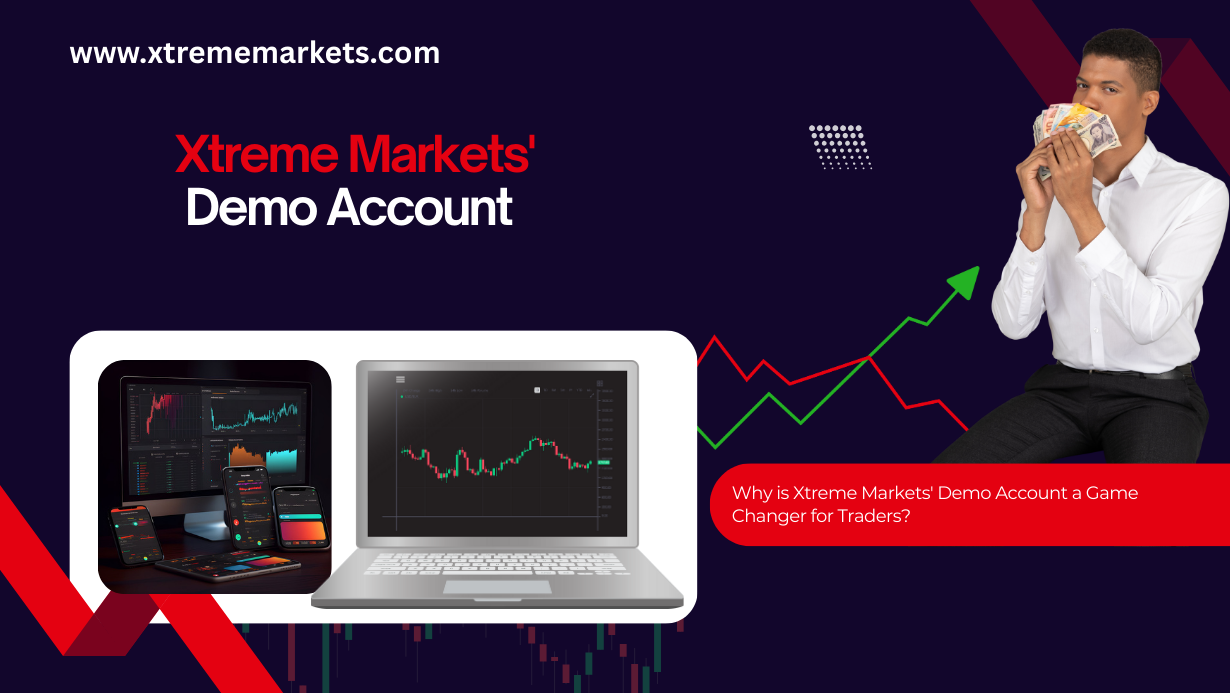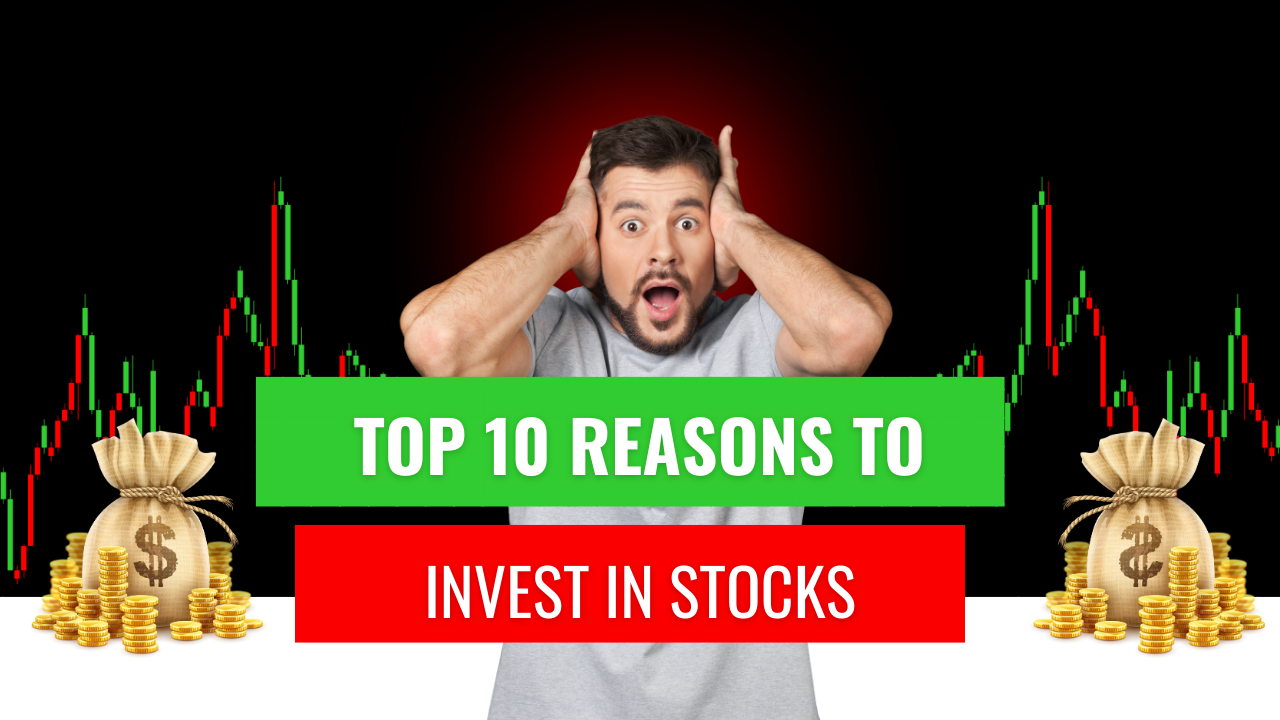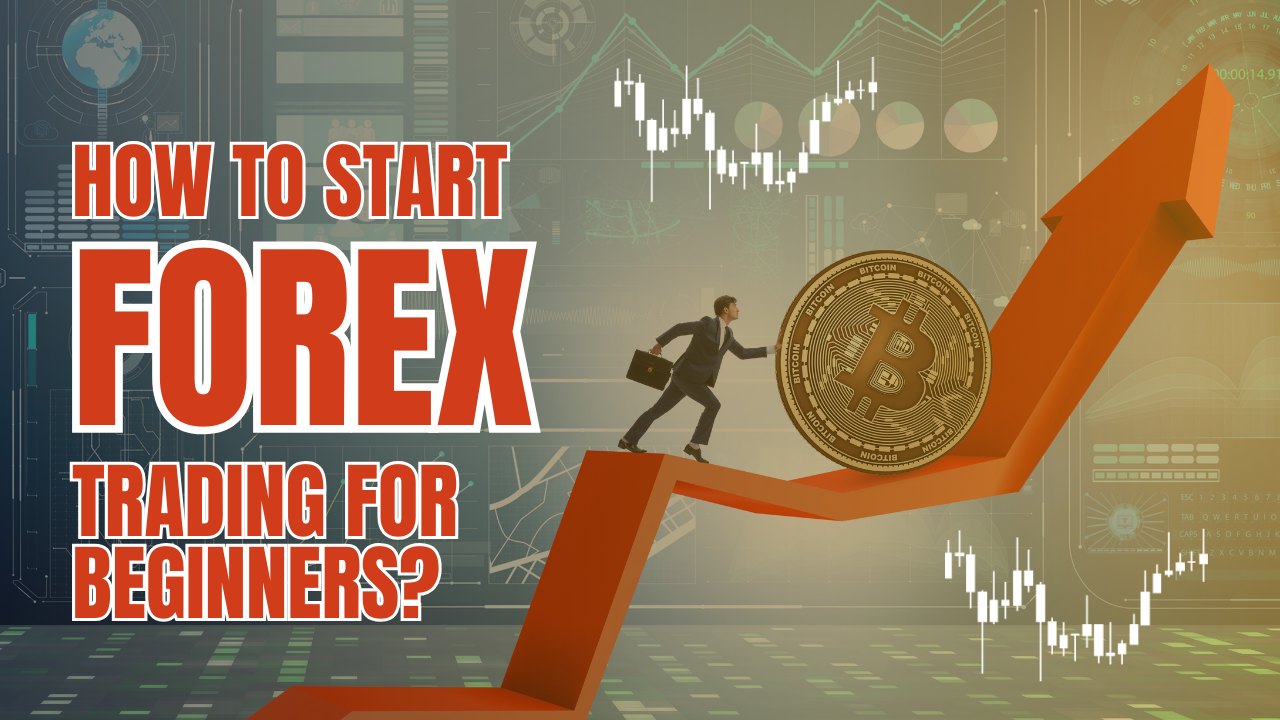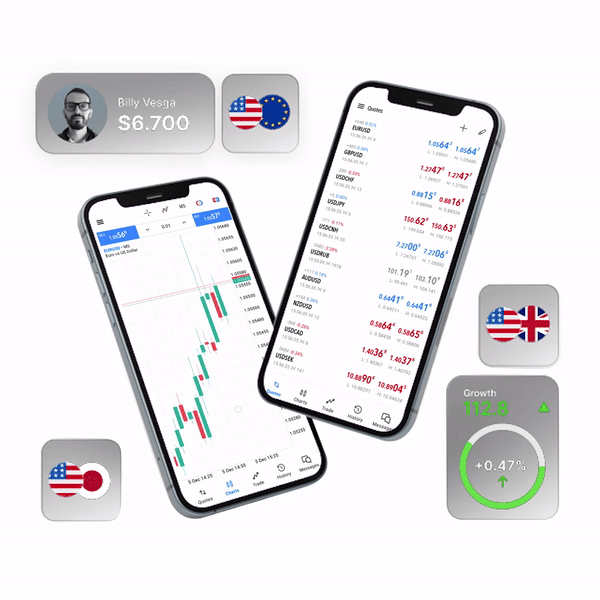Markets rally after Powell downplays the possibility of any larger rate hikes
The market – Dow Jones Industrial Average gained more than 900 points, and the S&P 500 gained the most in two years, as Federal Reserve Chair Jerome Powell downplayed the chance of an even greater interest rate hike after announcing the steepest rate hike since 2000. The statements, which came after the Fed announced its decision to raise its main interest rate by a factor of two, allayed fears that the central bank was on its way to a three-quarters-point hike at its next meeting in June.
The S&P 500 gained 3%, its biggest day since May 2020. This week, the benchmark index is up 4.1 percent, which is about half of its monthly loss in April. The Dow gained 2.8 percent, while the NASDAQ gained 3.2 percent. Earlier in the day, all of the indices temporarily fell into the red. Bond rates declined as a result of the Fed’s statement. The 2-year Treasury yield fell to 2.64 percent from 2.78 percent late Tuesday, an unusually big decline. The 10-year Treasury yield, which determines mortgage rates, declined from 2.96 percent to 2.93 percent. It had initially risen to 3.01 percent before to Powell’s remarks at a news conference.
The remarks came just after the Fed announced that it had lifted its benchmark short-term interest rate by a half-percentage point, the most aggressive move since 2000, and that other significant rate rises were on the way. The Fed’s key rate was lifted to a range of 0.75 percent to 1 percent, the highest level since the epidemic struck two years ago. The Fed also announced specifics on how it would begin decreasing its massive holdings of Treasury debt and mortgage-backed securities, which it has used to help keep long-term interest rates low.
The S&P 500 increased by 124.69 points to 4,300.17. The Dow Jones Industrial Average rose 937.27 points to 34,061.06. The NASDAQ increased by 401.10 points to 12,964.86. Smaller company equities also performed well. The Russell 2000 index gained 51.07 points, or 2.7 percent, to 1,949.92. The Fed’s latest action had been widely anticipated, with markets holding steady this week ahead of the policy update, but Wall Street was anxious that the Fed would choose to raise rates by three-quarters of a percentage point in the months ahead.
Powell assuaged such fears by saying the Fed is “not actively considering” a rise. Following Powell’s statements, the VIX, an indicator that measures how concerned investors are about future declines in the S&P 500, plunged around 11%, one of its greatest dips this year. Earlier, Powell stated that the economy can withstand rate rises without entering a recession. “The economy is robust and well positioned to manage tighter monetary policy,” he added, adding that “it will not be easy.”
Investors are concerned about the Fed’s ability to do the delicate dance of slowing the economy enough to end excessive inflation but not causing a downturn. Nonetheless, the market applauded the Fed’s new initiatives. “It’s certainly heady days when the market doesn’t flinch at the most aggressive rate rise in 22 years,” said Mike Loewengart, managing director, investment strategy at E-TRADE from Morgan Stanley. The central bank also said that it will begin lowering its massive $9 trillion balance sheet, which is primarily comprised of Treasury and mortgage bonds, on June 1.
Wednesday’s market gains were broad. Approximately 85 percent of the equities in the S&P 500 gained ground, with technology firms driving much of the rally. Apple increased by 4.1 percent. Energy companies were among the largest gainers following a 5.3 percent spike in the price of US crude oil as Europe moved closer to imposing a restriction on Russian oil as that nation continued its conflict against Ukraine. Any embargo might put a pressure on oil supply, pushing prices even higher. Exxon Mobil increased by 4%.
The Fed’s aggressive interest rate hike comes as growing inflation puts further pressure on businesses and consumers. Rising energy and commodity prices have forced many firms to boost their pricing and provide cautious projections to their investors. Wall Street and economists are concerned that rising food, petrol, and apparel costs would impede consumer spending and hinder economic development. Worries have grown as a result of Russia’s invasion of Ukraine and the resulting impact on energy and crucial agricultural commodity prices. China’s progressively tougher lockdown measures in response to escalating COVID-19 instances have raised worries about slower economic development due to supply issues and shipping backlogs.
Wall Street is keeping a tight eye on economic statistics for signals that inflation may be slowing. Consumer prices rose in March, although a measure of inflation that excludes food and energy had its smallest monthly increase since September. That was a positive sign for investors, and more of the same in the coming months will help to calm inflation fears. “If we can get a couple more readings showing inflation dropping, that may be the game changer,” said Ryan Detrick, chief market strategist at LPL Financial.










